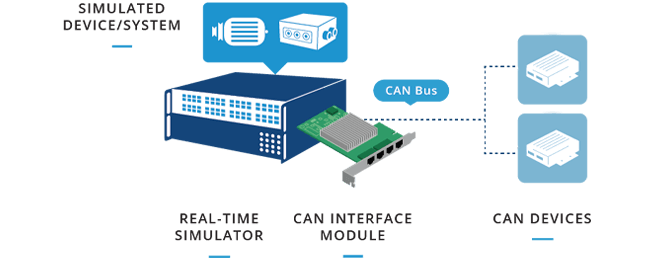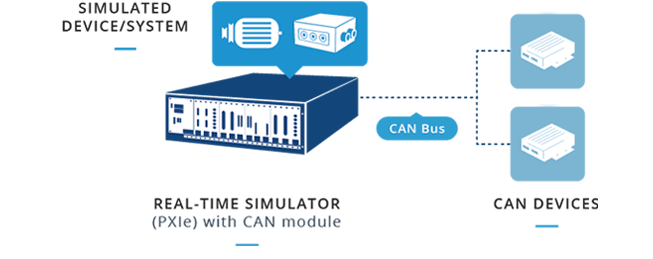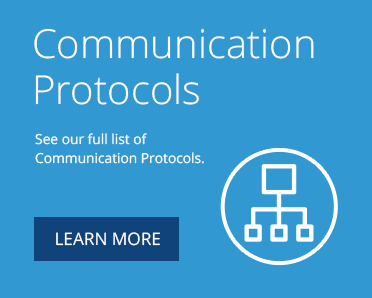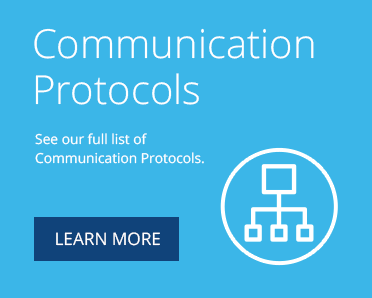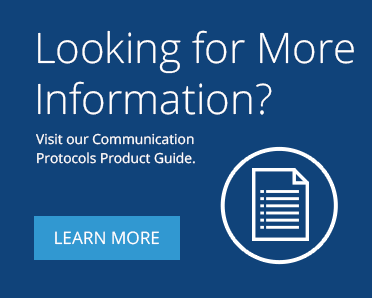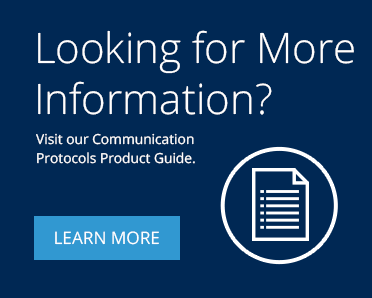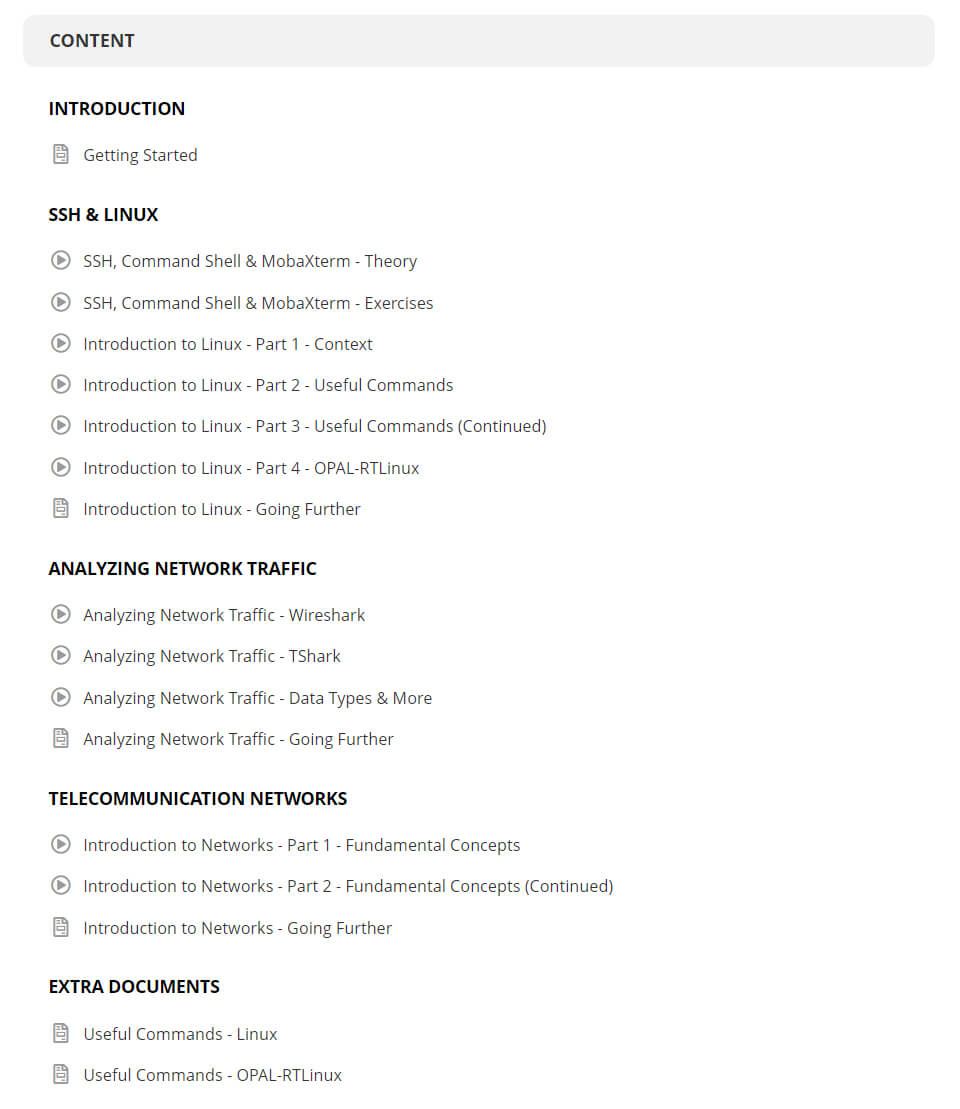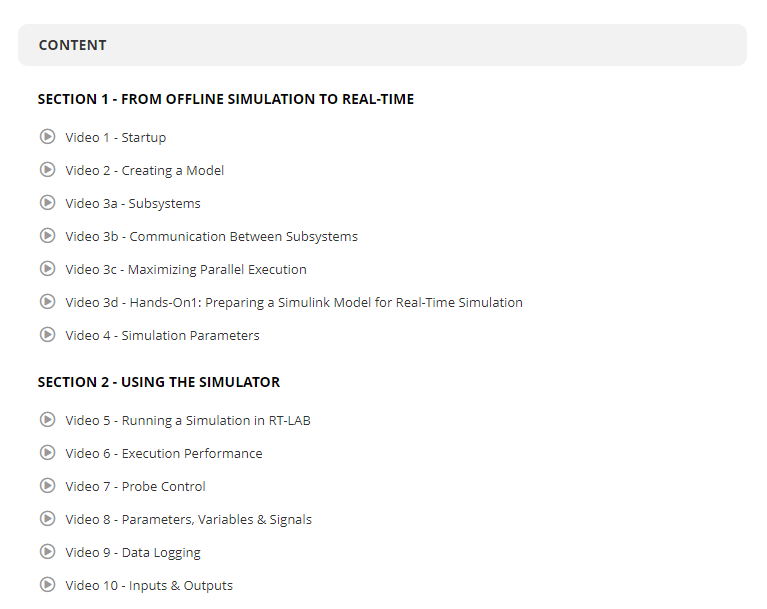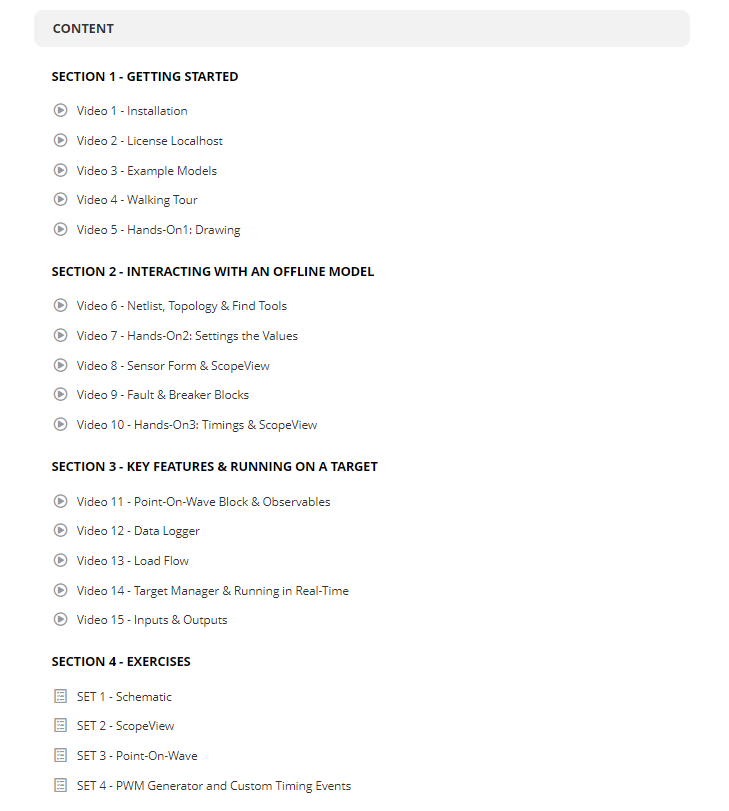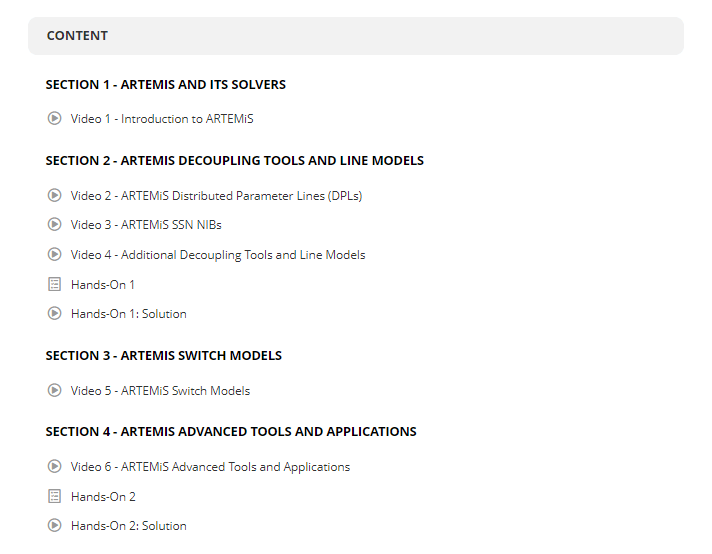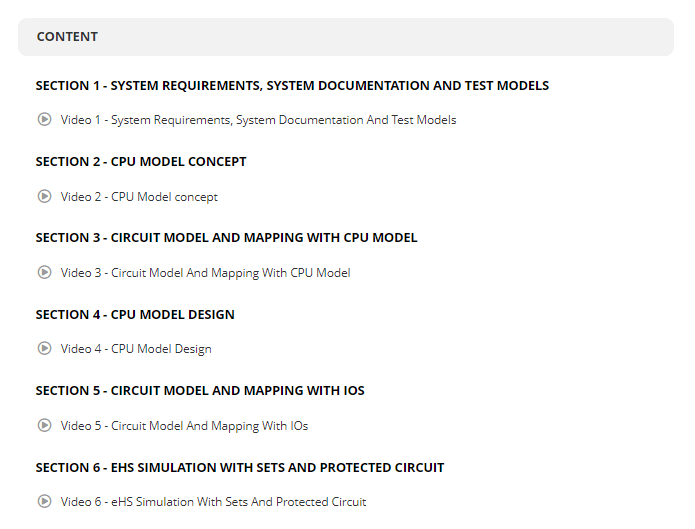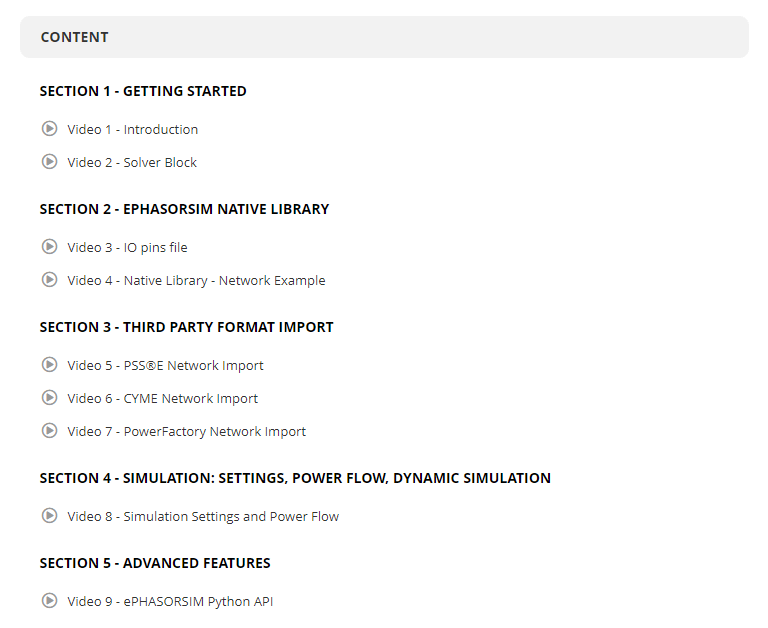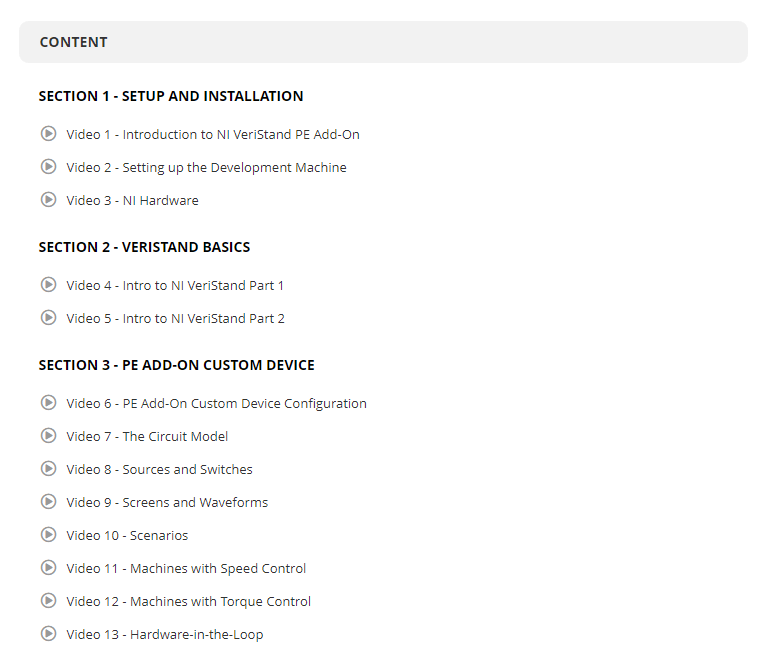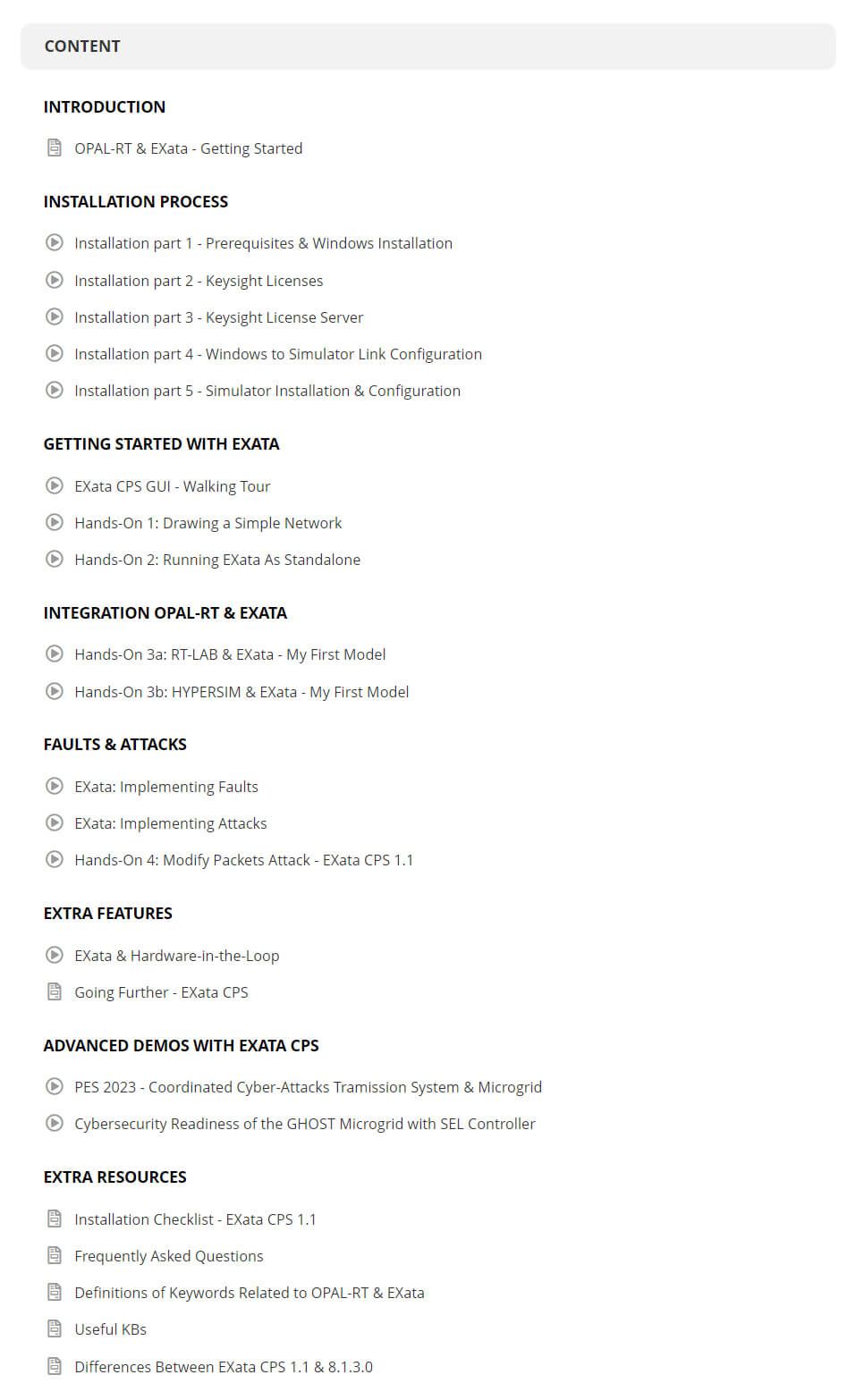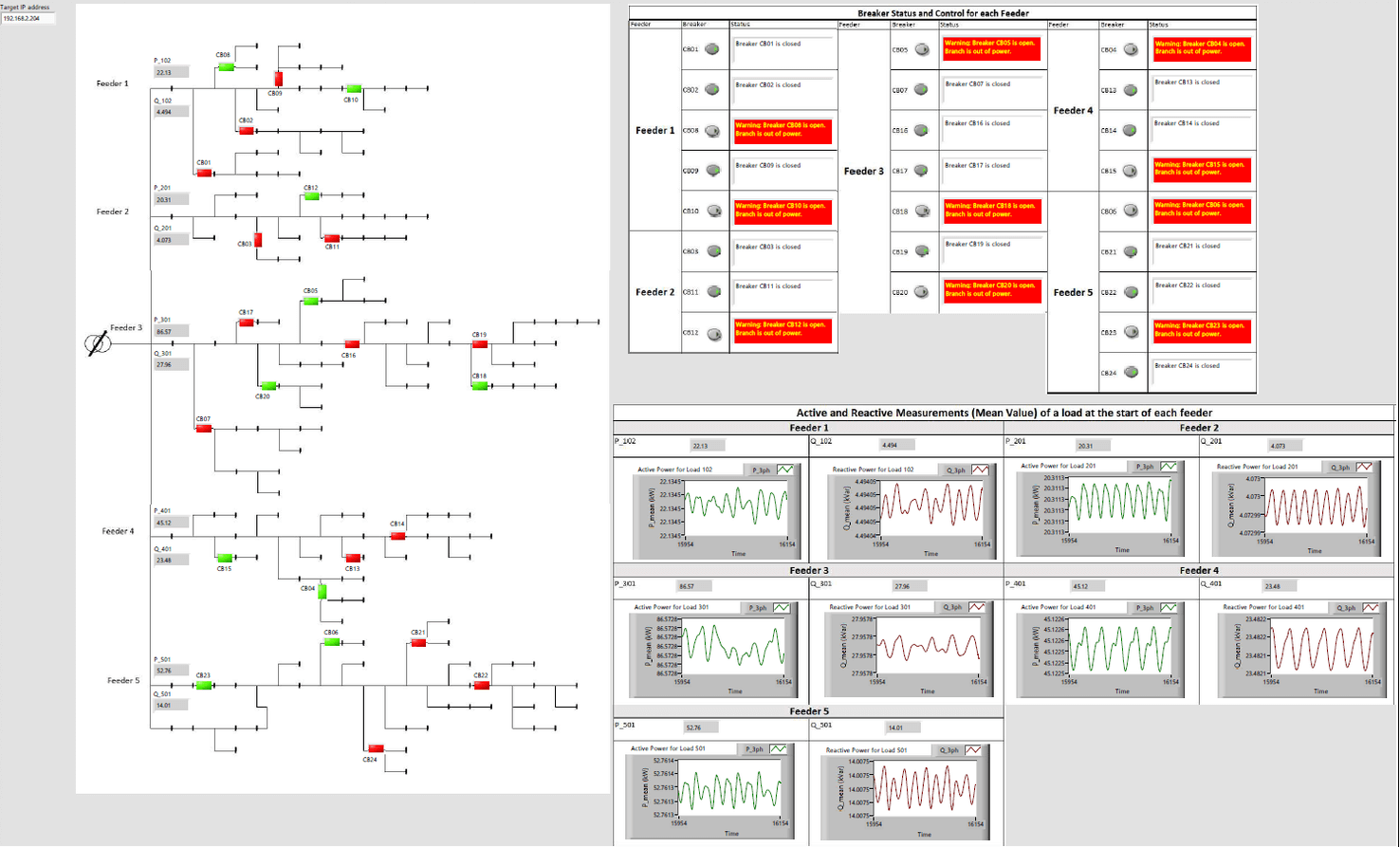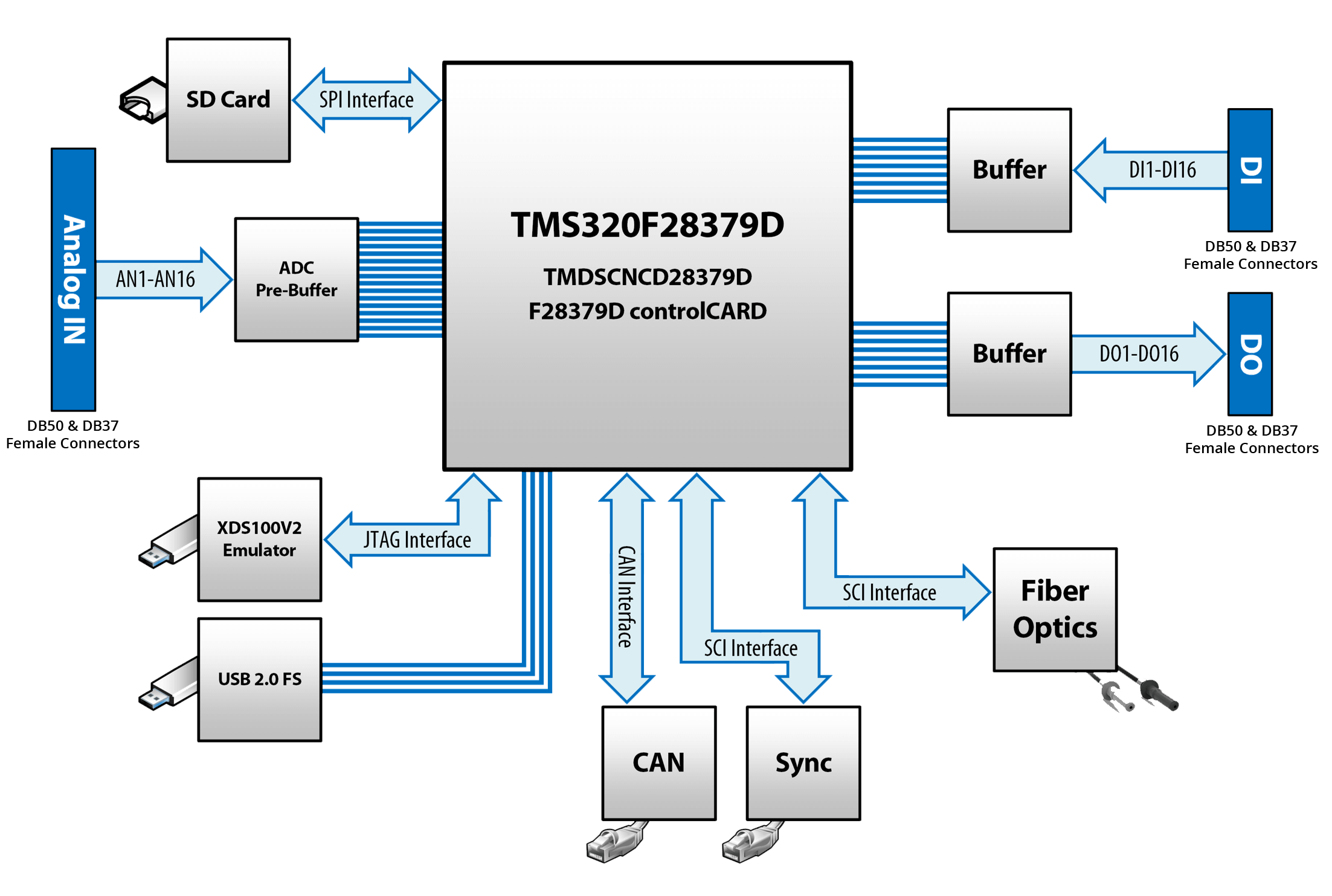Our Solution
OPAL-RT offers an integrated CAN solution using a standard KVaser 4 Channel PCie card allowing your real time simulator to interface with any peripheral CAN Device. CAN-FD (Flexible Data) is also supported. The driver is inherent to RTLAB and has an easy to use interface that allows you to add, define, and manipulate Channels, buses and messages. Furthermore, there is a built in recording feature allowing the user to capture data throughout the simulation. If the user has already defined a CAN bus architecture, this can also be imported onto the driver using the CANdb Import tool which supports .dbc and ARXML files. Channel and message data points would be made available to connect to your model via OpInputs and OpOutput blocks. The CAN driver gets initialized once the simulation is loaded onto the target.
Furthermore CAN is supported on the NI Platform via a range of cards or modules that are offered. Using the NI-XNET driver allows the user to communicate with external CAN devices in real-time. FIBEX (Fieldbus Exchange Format) or .dbc files can also be imported to setup the CAN architecture.
For the CANopen protocol on the RTLAB platform, a GATEWAY solution is required. The gateway is provided by Anybus X-gateway CANopen, makes it possible to communicate with peripheral CANopen devices. The way it is implemented, is that the OPAL-RT simulator communicates with the gateway using the ModBus Protocol over an ethernet cable. The Anybus gateway will output the CANopen signal over a DB9 connector.
About CAN bus
CAN is robust protocol used in the automotive industry to allow microcontroller devices to talk with a master/host device. It's a messaged based protocol meaning, i.e. the slave device will translate the message into some form of action. The messages are also sent sequentially throughout the whole CAN bus. The CAN bus is seen as the whole architecture where the master and the slave devices are connected.
Platform Compatibility
Product Guide
Visit the communication protocols product reference guide to learn more about the communication protocols, including product lists, and to access user documentation.

